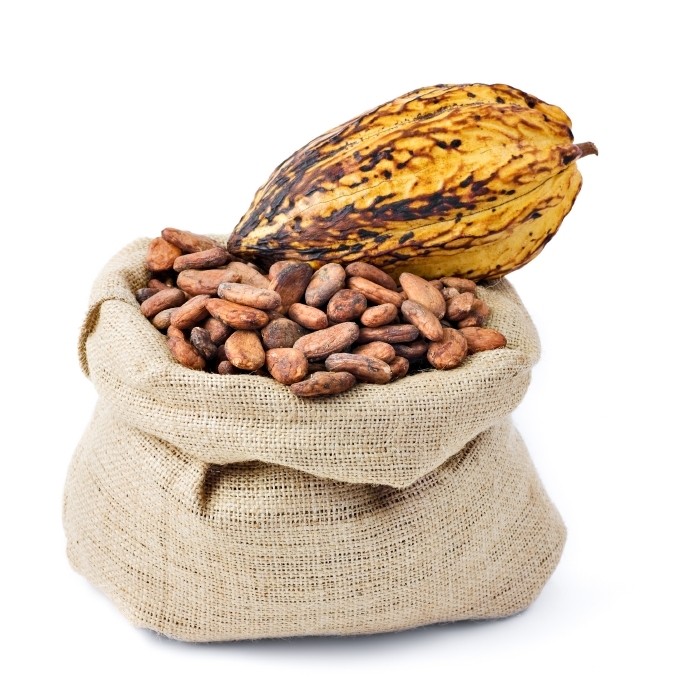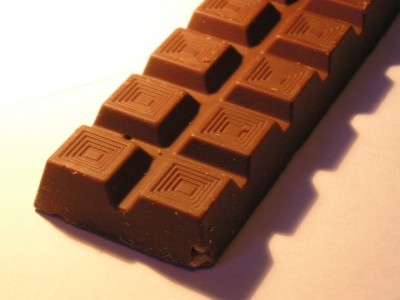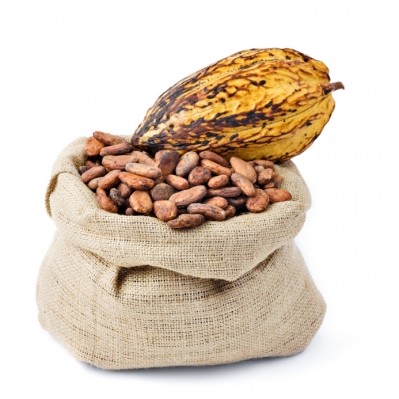Mars: Cocoa flavanols show prebiotic potential

The study, published in the American Journal of Clinical Nutrition, is said to be the first to show the effect of cocoa flavanols on select gut bacteria in humans, “which suggests the potential prebiotic benefits associated with the dietary inclusion of flavanol-rich foods”, said the researchers.
The majority of science into the potential benefits of cocoa have revolved around cardiovascular benefits of the flavanols (also known as flavan-3-ols or catechins), and particularly the monomeric flavanol (-)epicatechin.
The new study now suggests that cocoa flavanols may also exert a potential prebiotic effect. Prebiotics are defined as “non-digestible (by the host) food ingredients that have a beneficial effect through their selective metabolism in the intestinal tract” (Gibson et al. 2004).
Confectionery giants
Scientists from the Nestlé Research Center (NRC), BASF and Berlin-based Metanomics GmbH reported earlier this year did report that a that daily consumption of 40 grams of dark chocolate significantly changed a person’s metabolism, as well as changing the metabolism of the gut microflora (Journal of Proteome Research, Vol. 8, pp. 5568-579).
The implications of that study were “that subtle changes in dietary habits, such as eating dark chocolate, can benefit both host and microflora metabolism with potential long term health benefits”, said co-author Dr Serge Rezzi, Head of the Metabonomics and Biomarkers Group at the NRC, in an email correspondence with NutraIngredients in February 2010.
Prebiotic potential
However, the Nestlé study did not go as far as proposing that cocoa flavanols exhibited prebiotic potential.
The new study, led by the University of Reading’s Jeremy Spencer, PhD, and sponsored by Mars, Inc., included 21 healthy adults. Participants of the randomized, double-blind, crossover, controlled intervention study were assigned to consume a beverage containing 23 (low) or 494 (high) milligrams of cocoa flavanols per day. The intervention lasted for four weeks, followed by four weeks of no intervention to ‘washout’ the participants, prior to crossing over to the other intervention for a further four weeks.
Results showed a significant increase in gut levels of bifidobacterial and lactobacilli populations as a result of the high-cocoa phase, compared with the low-cocoa phase. The changes in the lactobacilli numbers were associated with reductions in levels of C-reactive protein (CRP), a marker of inflammation and linked to heart health .
“The increase in the growth of Lactobacillus spp. in response to cocoa flavanols is of note because this bacterial group is associated with beneficial effects in the gut, including an ability to prevent the growth of pathogenic organisms, and most currently accepted prebiotics do not elicit changes in lactobacilli,” wrote Dr Spencer and his co-workers.
“The increased growth of bifidobacteria has been strongly associated with positive effects in the large intestine through the ability of the bifidobacteria to inhibit the growth of pathogens, drive the synthesis of certain vitamins (eg, vitamin B-9), and reduce plasma cholesterol concentrations,” they added.
In a comparison with established prebiotic fibers, like fructooligosaccharides (FOS) and galactooligosaccharides (GOS), the researchers note that a 5 mg dose of FOS and GOS for 4four weeks was associated with a 0.5 and 1-log10 units increase in Bifidobacterium spp. and/or Lactobacillus spp. numbers, respectively, while the new study indicated 0.2 and 0.35-log10 increases, respectively, for a cocoa flavanol dose of 494 mg per day - amuch lower dose.
“Although linear correlations between the consumption of dietary flavanols and changes in specific colonic bacteria may not exist, it seems likely that, in addition to carbohydrate prebiotics, flavanols, and perhaps most notably oligomeric flavanols, may also produce significant beneficial changes in the colonic bacteria,” they added.
Cocoa, chocolate, Mars
Mars’ interest in the active compounds in cocoa started about 20 years ago when its scientists sought to understand the flavor components of chocolate. The bitter and astringent compounds were isolated, and further study and clinical work showed the health benefits of the monomers and the tannins, particularly (-) epicatechin.
Scientists active in the area are keen to stress that chocolate and cocoa are different terms however, and not interchangeable. According to a review published in the British Journal of Nutrition, “cocoa is the non-fat component of cocoa liquor (finely ground cocoa beans) which is used in chocolate making or as cocoa powder (commonly 12 per cent fat) for cooking and drinks.
“Cocoa liquor contains approximately 55 per cent cocoa butter and together this comprises cocoa solids, often referred to on chocolate packaging. Chocolate refers to the combination of cocoa, cocoa butter, sugar, etc. into a solid food product,” added the reviewers.
Source: American Journal of Clinical Nutrition
2011, Volume 93, Pages 62-72; doi:10.3945/ajcn.110.000075
“Prebiotic evaluation of cocoa-derived flavanols in healthy humans by using a randomized, controlled, double-blind, crossover intervention study”
Authors: X. Tzounis, A. Rodriguez-Mateos, J. Vulevic, G.R. Gibson, C. Kwik-Uribe, J.P.E. Spencer






